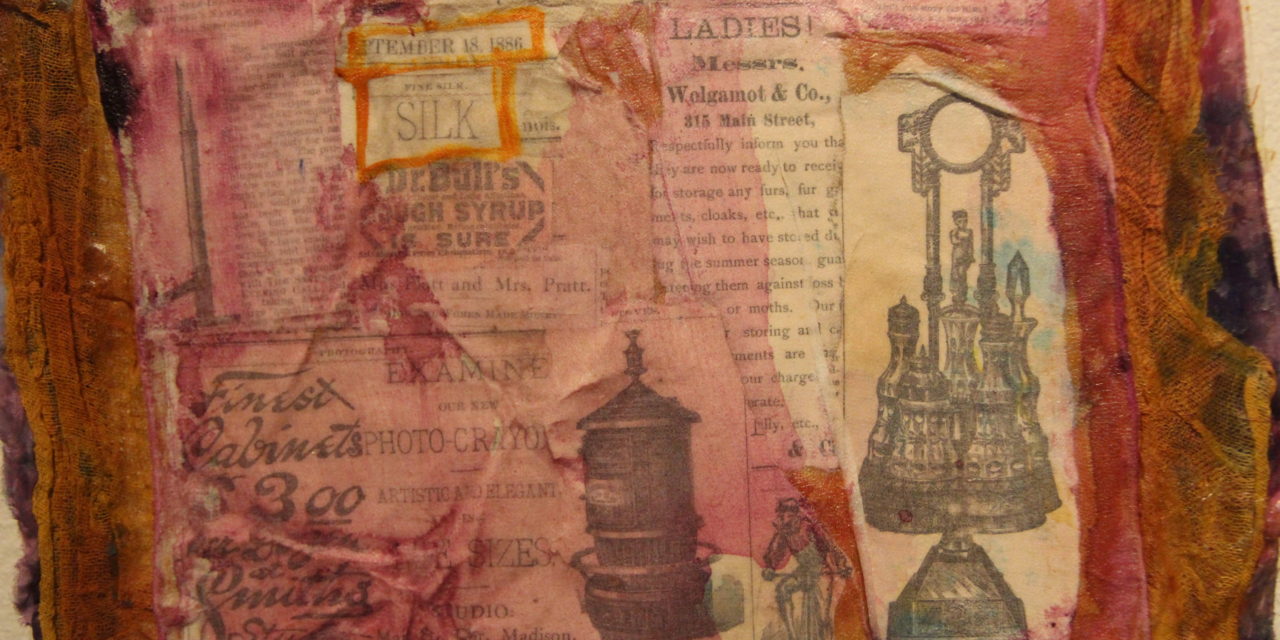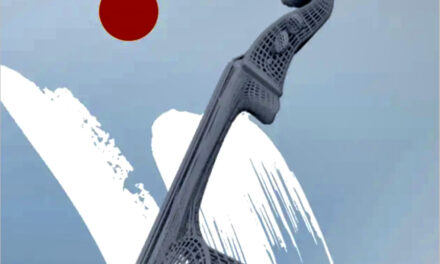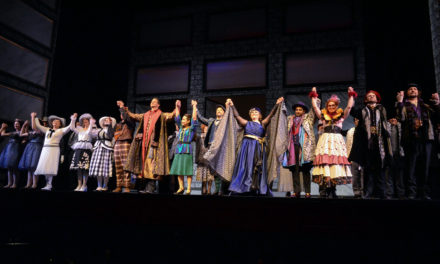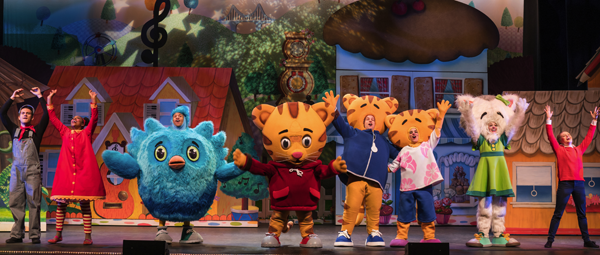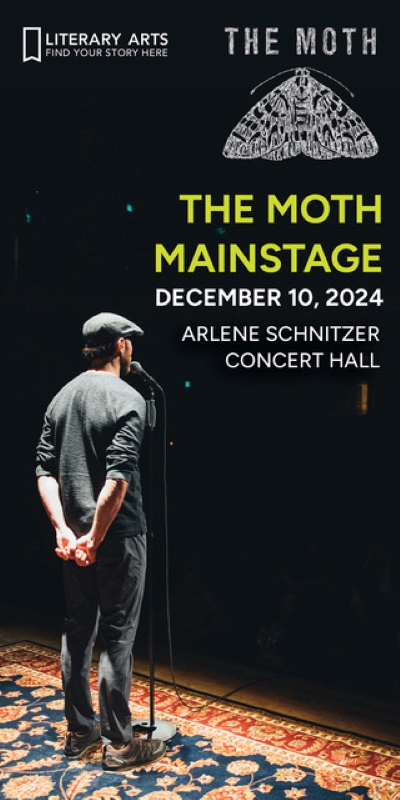(Above: One of Sal Strom’s mixed-media creations combines fabric, paper and images of everyday life)
By Randi Bjornstad
Artist Kathleen Caprario is usually the one hanging her work for new exhibits, but this time she’s curating her first show, a richly textured collection of work by three other women artists.
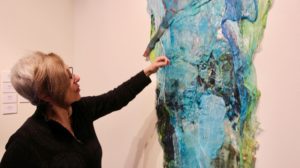
Kathleen Caprario is curator of Lush, a show that celebrates the richness of common materials available to create various forms of art, as in this piece by artist Sal Strom
The title of the show is Lush, and emphasizing the richness of materials as well as artistic vision is exactly what Caprario set out to accomplish.
“My idea was to start with the richness of experience that ‘stuff’ can offer — sort of stuff in service of the aesthetic — and then the word “lush” came to me and then quite quickly the names of these three artists also came to me,” she said.
Those three artists are Lillian Almeida, Milla Oliveira, and Sal Strom. Their work in the show is significantly different from each other’s, but yet with a cohesion that makes all the pieces seem part of a whole.
The art — from paintings to mixed-media creations to shapes created by wires casting shadows — is on display in the Roger Hall Gallery in Building 11 at Lane Community College through March 12.
“All three of these women are very articulate and know how to describe themselves and their work, but at the same time there is something about each of them that is only expressed by seeing the art that they create,” Caprario said. “I really wanted to capture their similarities and differences that words can’t really express but that can be seen, felt, and experienced through the mediums that they use.”
Part of Almeida’s exhibit is called “Staying at the Table” and includes several small tables near each other with abstract-shaped flat pieces lying on top of them.
“This installation is about all of the things in our lives that can get us so distracted that it is hard to ‘stay at the table’,” Caprario said. “For myself that is true, and many things remain unresolved, but even with all the distractions these things aren’t going anywhere. The question is, what does it take for us to ‘stay at the table’ and deal with them.”
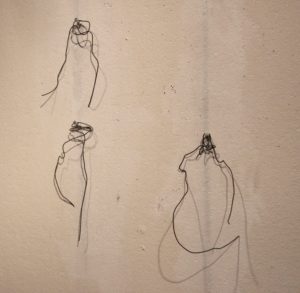
Discovering the art that exists in simple, everyday objects — Lillian Almeida calls them “foundlings” — is another way to look at the world, as with these pieces of twisted wires interacting with their shadows
Another part of Almeida’s exhibit is a seemingly simple display of fine wires dangling in various configurations from nails on a vertical wall, illuminated so that their shapes and shadows shift as the viewer moves, creating changing ideas of what they might represent.
Caprario describes Strom’s creations as “very intuitive.”
“Sal dives into whatever materials are at hand and pushes and pulls it all together to see what materials, colors, and mediums will work and which won’t be compatible,” she said.
Oliveira’s large abstract paintings differ from Almeida’s Strom’s artwork in that “she does her are done in one shot,” Caprario said. “Milla dampens her paper and and pours her paint, and it’s all done at one time, start to finish, and that’s it. It has a completeness and energy to it that I find amazing.”
All three artists “are very physical in the way they create,” she said. “They all create art that is very tactile and and embodies their use of material in a way that provides value for others as they can relate the work to the way they remember, think, and feel about the world.”
Curating instead of creating a show is something Caprario, who teaches art part-time at Lane Community College, says she hopes to do more often.
“I wanted to step back from my own work, my own self, my own ego,” she said. “The one word that I keep thinking of when I got the idea for this show is ‘conversation,’ and when I look at these pieces together, that’s what I feel is happening. I wanted a conversation about art and its creation and its underlying value, and I think I got one.”
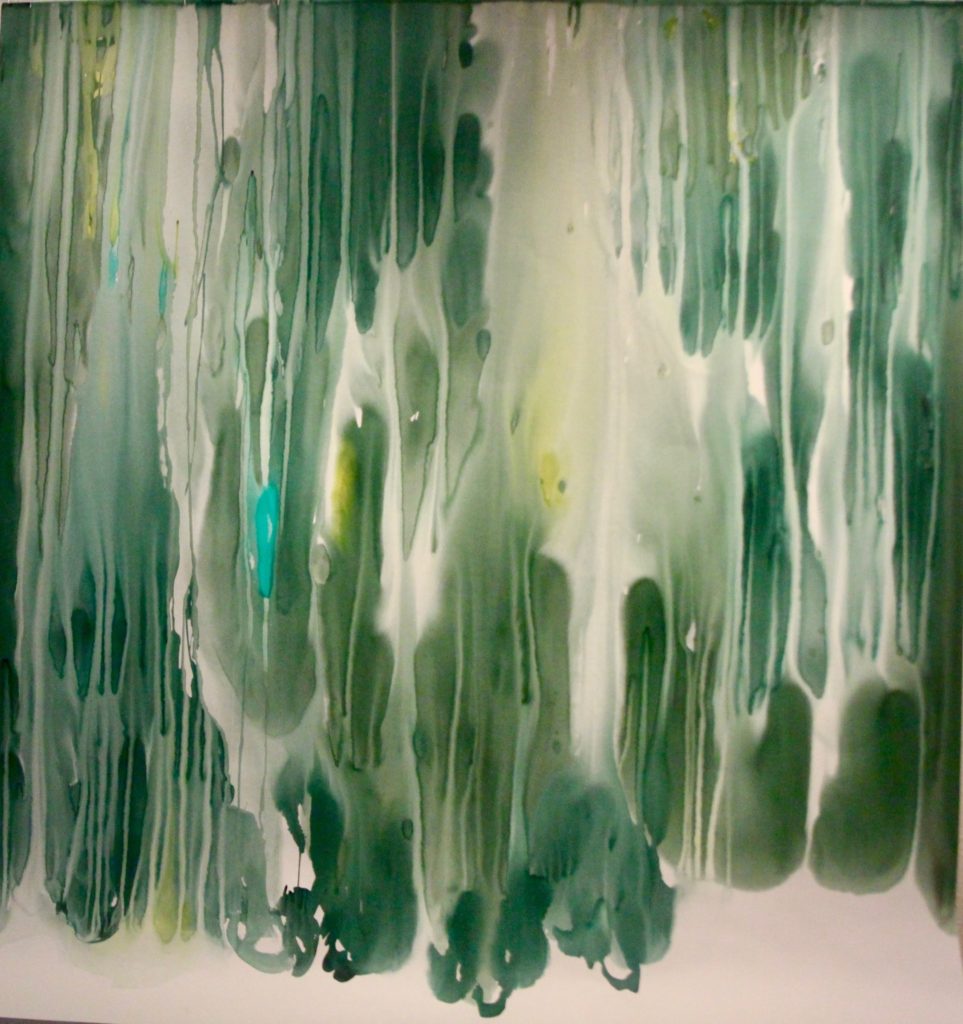
Milla Oliveira creates art by pouring paint on a dampened paper; this piece is called Petrichor 2

